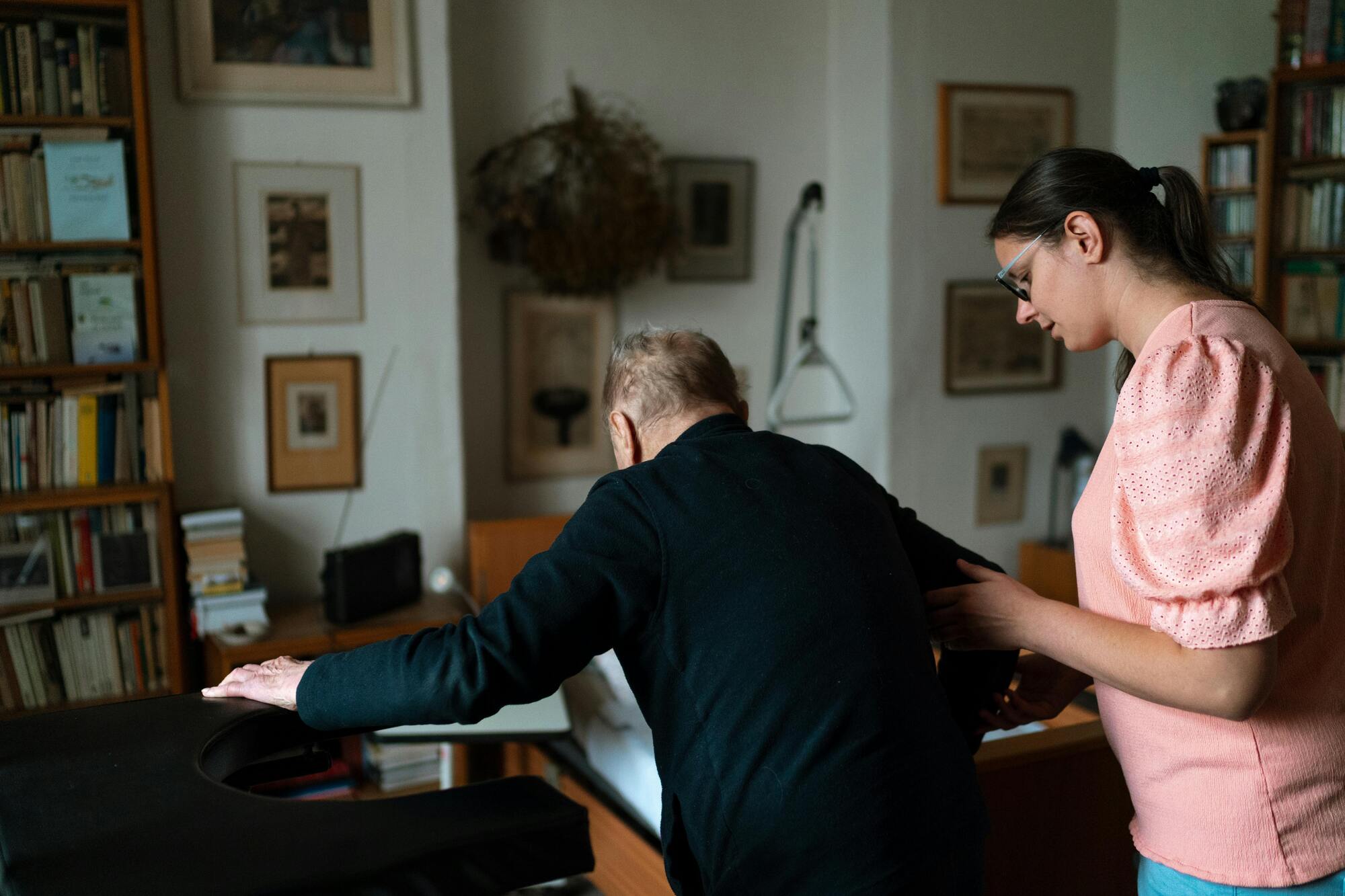
Learning Serenity: The Fine Art of Staying Unperturbed
Staying calm in everyday life is particularly challenging when something disrupts us that we cannot directly control. Something unexpected. Something that interferes with our planned routine. Something that we need to deal with immediately – even though we have other things to do. If it also coincides with a lack of time, the stress level increases significantly. So what to do? Above all: stay calm.
What sounds so simple is sometimes precisely a reason to lose one's temper. Yet there is so much truth in these simple words. Because calmness is the only remedy that helps us compensate for stress and transform it into productivity. Well, that's easy to say. The good news is: serenity can be learned. And those who take on this challenge will become increasingly skilled in the high art of not being disturbed. Yes, some things we cannot control. However, we can control our own handling of them. We provide some helpful tips on how it can succeed!
Why It's Worth Learning Serenity
Stress can drive you forward and is not inherently a bad thing. But when it overwhelms us and takes control of our nerves, thoughts, and feelings in a lasting way, it can really throw us off track. The immune system is weakened, sleep quality decreases, and concentration and performance decline. This can lead to burnout when we feel that stress is completely bringing us to our knees. Those who look their challenger in the eye and begin to address it are doing an enormous service to their own mental and physical health. You learn not only to prepare for acute stressful situations but also to generally move more steadily in everyday life. Let's put an end to the constant pitfalls of everyday life. Let's turn things around and finally counteract unhealthy stress.
It depends on the perspective.
The technical term for a certain balance in everyday life that arises from one's own competence in dealing with stress – one might also call it a “thick skin” – is RESILIENCE. This term refers to the process in which problems or changes are responded to with adaptability. And it all starts with a seemingly very simple exercise: a change of perspective. Explained in more detail here:
Everything is a matter of perspective.
What is perceived as stressful is very subjective: Does the stress I feel actually correspond appropriately to reality? Those who pause and take a step back can view their situation from an observer's perspective. From there, if you take a look at what's happening, you can ask yourself: Is my situation really too dramatic? Are lives at stake? No? There you go.
Let go and be free
Just let go. Just relax. Let something that appears to you as a huge monster pass and move on. Those who take tension and pressure out of a situation can suddenly handle it much more easily. The magic word here is ACCEPTANCE. Accept your situation. Embrace it as it is. And remember: Even the negative is allowed and is part of it. Even when it sometimes hurts, these feelings are permitted. And only then can you move forward – with less baggage.
Humor heals
Of course, in stressful situations, you usually think of everything except having fun. Yet, there is great power in that, which can help us relax and take a lot of weight out of a situation. Just pause, take on the role of observer again, and have a little chuckle at yourself. That helps.
Easier said than done? Correct. Initially, we mentioned that serenity is a learning process. And indeed, it takes quite a bit of practice to implement these three points: "matter of perspective," "letting go," and "humor." It's well worth working on this every day. Just a few minutes a day are enough to achieve noticeable improvement and more serenity in the long term. But what might the training look like exactly?
Three Practical Methods for More Calmness in Everyday Life
There are some methods by which calm and serenity can be quite reliably accessed in the long term.
Conscious Breathing Exercises
Conscious breathing is a real power lever. What sounds so trivial – after all, we breathe anyway – is the focal point for our inner peace. It’s about taking five minutes, sitting down, and breathing in and out calmly. With each breath, you can consciously think of these two words: "Exhale. Inhale." This is the most rudimentary form of meditation. Clearly: no screens, no calls, and nothing else should distract or interrupt during these five minutes.
Relaxation Exercises
Under the term "Progressive Muscle Relaxation" (PMR), individual muscle groups from head to toe are mentally addressed and relaxed in this way. For each muscle group you are currently thinking about, you try to tense it especially briefly and then relax it again. This process is repeated until you have "gone through" the entire body once. There are now many online and app options for guided PMR. This exercise can also be completed well in five to 10 minutes.
Mindfulness and Gratitude Exercises
Whoever becomes more conscious in their everyday life and surroundings learns to appreciate the beauty of things. A good example: instead of mindlessly scarfing down meals, enjoy each bite without distraction, consciously noting how the food tastes, how the texture feels and changes, how it nourishes the body, and how the stomach fills. This is mindfulness. Gratitude exercises also belong to this category. They help to become more optimistic and view problems from a good and productive side. Simply jot down five things every morning or evening that you are grateful for and why. These can be the smallest and seemingly most insignificant things. Even if it's just the pen I'm holding to write these things down. The main thing is to practice gratitude.
Tip from Zen Teachings
By the way: For those who think they don't have time to just sit and breathe—after all, there are plenty of to-dos on the list—a valuable Zen wisdom should be shared: "If you don't have 10 minutes to meditate, take 20." This wisdom conveys how essentially important relaxation exercises are for managing a stressful everyday life.
Get started now and become better at serenity each time.
Anyone who starts implementing these methods and is trained in this way to put their own perspective into context will, in the long run, learn to react more calmly to problems and be more positive in everyday life. The first step is always to decide to be more relaxed. Because stress is not only what affects us from the outside, but also what we do with it internally. And this is true for a lifetime. So it's worth starting now.
FamPLUS - Competent in Inner Strength.


